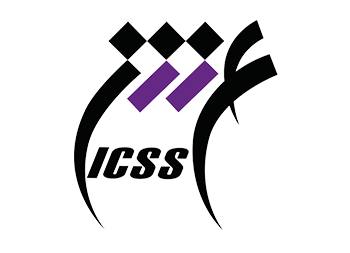Analysis Of Interactive Design Elements in a Practical Application of Gamification to Learning: KHAN ACADEMY

Gamification is the idea that real world activities can be imbued with game elements in order to make that activity more fun and motivating, and by extension, make a person more likely to engage in that activity (Floyd, Portnow & Siegel, 2011). Playing video games can be a valuable thing, and promote the learning of a range of skills that can have application in many areas (deWinter, Griffin, McAllister, Moeller & Ruggill, 2010; Kirriemuir & McFarlane, 2003). The application of game concepts to everyday activities today is broad, and has already been applied to marketing, the work place, education, the military, and even applications designed to promote physical fitness and civic awareness (McGonigal, 2010; Floyd, Portnow & Siegel, 2011). Regardless of the use, it is crucially important to note that gamification on its own is just a mechanism, and can have both good and bad applications – sometimes unintentionally so – and so efforts should be made to best understand its most beneficial applications (Shaffer, Squire, Halverson & Gee, 2005).
In this paper I explore human information interactions through design patterns in support of digital pedagogy. To accomplish this, I analyze gamified user interactions within a widely popular learning environment, emphasizing the efficacy and appropriateness of those interactions in supporting learning. These
observations will contribute to the development of a common pattern language for gamified interactions that will give breadth and depth to gamification discussion.
The result of this process should help to serve as a roadmap forward for educators thinking about or wanting to apply gamified learning practices to their own classrooms, and as a reference tool for developers wishing to create more engaging educational software. Although this paper will focus on learning strictly in an educational or academic context, all academic and non-academic knowledge that people have is acquired through a process of learning, and so the gamified interactions explored in this paper can be further expanded to cover such issues such as how organizations train employees, or how people learn very practical skills such as managing finances.
مطالب مرتبط

کتاب تمرین درمان شناختی – رفتاری برای مشکلات سلامت روان
۱ / اردیبهشت / ۱۴۰۴

درآمدی بر روانشناسی خرد
۱ / اردیبهشت / ۱۴۰۴

سرشت – چگونه سیمکشی مغزهای ما هویت ما را تعیین میکنند؟
۱ / اردیبهشت / ۱۴۰۴

